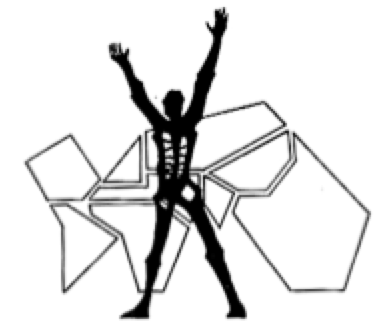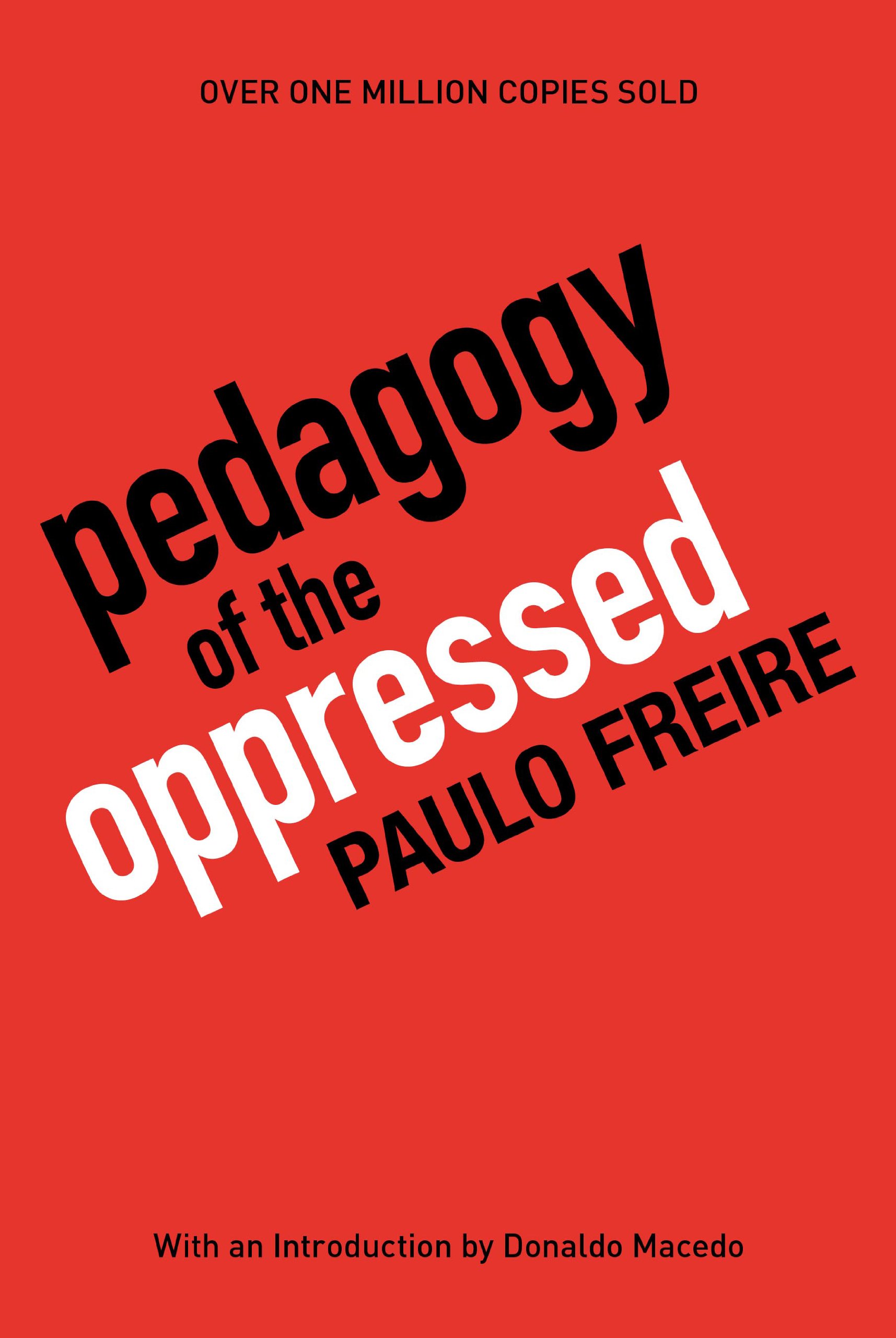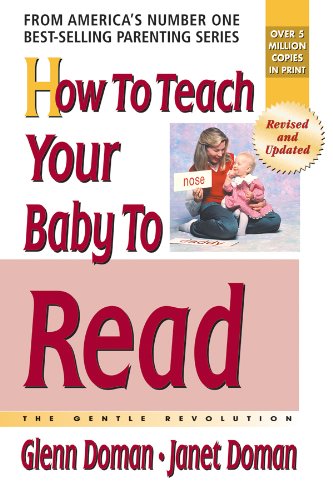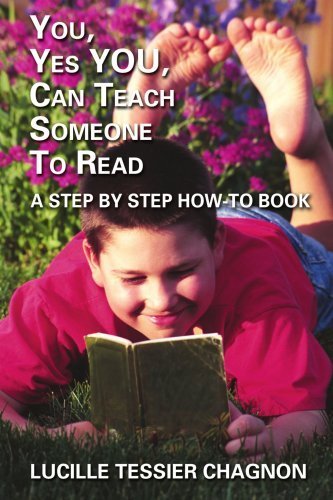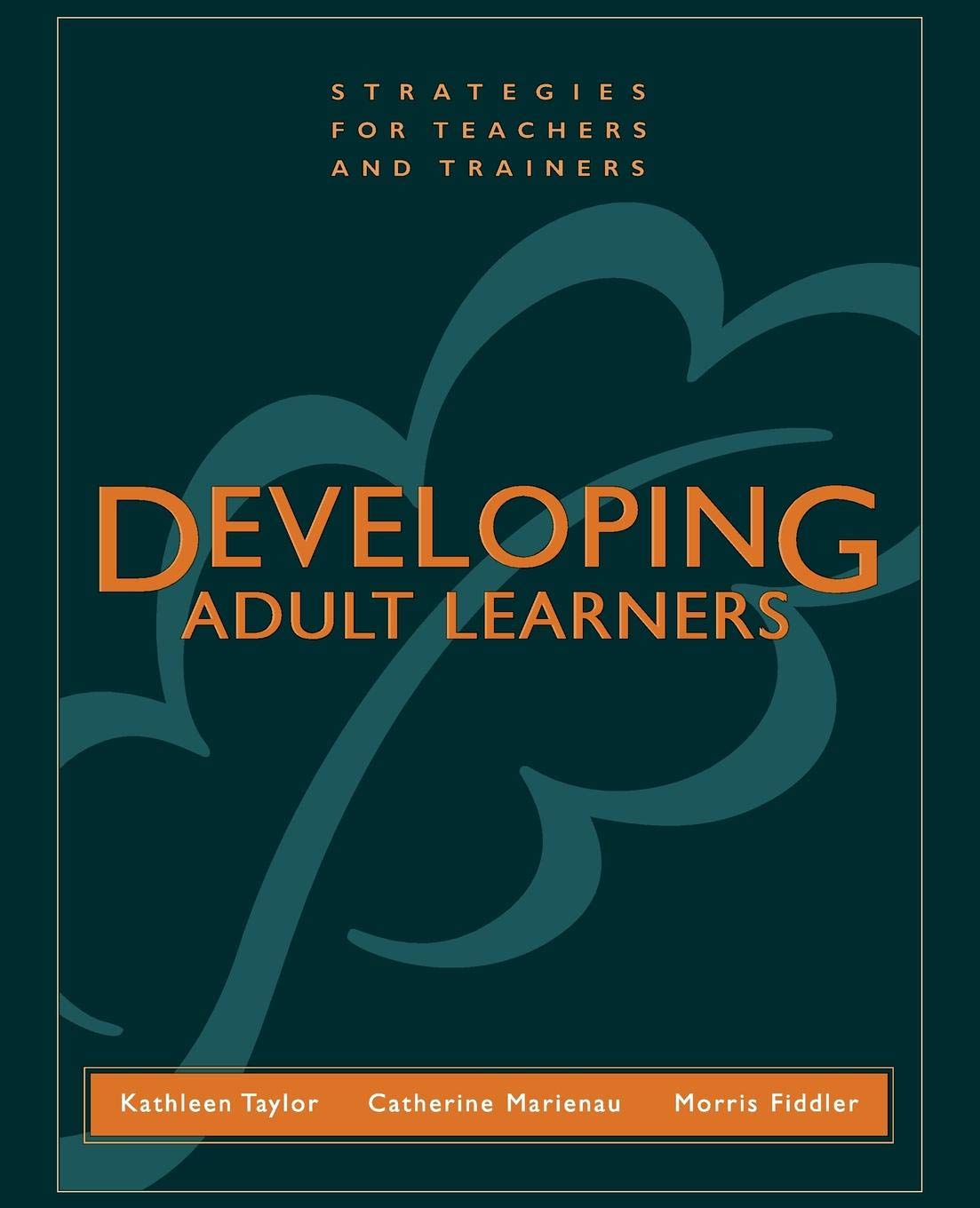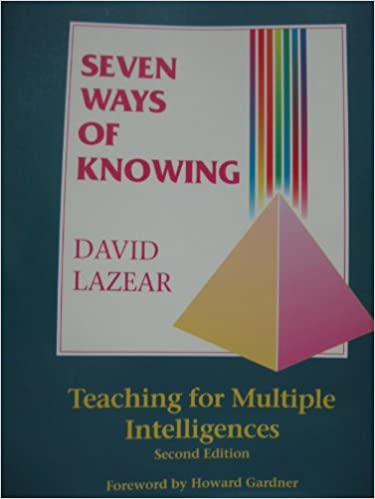Books
Many of these books written by those creating imaginal programsThe following authors influenced the development of the Imaginal Education program.
Colleagues added to this research through their books and masters/doctoral programs
(indicated by an asterisk at the beginning of their name).
Boulding, Kenneth E., The Image: Knowledge in life and society (1956) The five major presuppositions of imaginal education are based on the Introduction in this book.
Brann, Eva T. H., The World of the Imagination: Sum and substance (1991)
Bruner, Jerome, The Process of Education (1963) Brunner introduced the concept of ‘womb to tomb’ education or lifelong learning.
* Bueno, Karen. Children Singing the New Millennium: Songs of the Fifth City Preschool (2000)
Buzan,Tony, Use Both Sides of Your Brain (1976) and The Mind Map Book: How to use radiant thinking to maximize your brain’s’ untapped potential (1993)
* Chagnon, Lucille Tessier, Voice Hidden, Voice Heard: A reading and writing anthology (1998). and Yes You Can Teach Someone to Read: A step by step how-to book (2005)
* Cooperrider, David L. and Suresh Srivastva, Appreciative Management and Leadership: The power of positive thought and action in organizations (1990). Chapter Four, “Positive Image, Positive Action: The affirmative basis of organizing” reveals how image change is present in various sectors.
Curtis, Lynn, Parents Are Teachers: A guide for parents of children ages 0 through 3 (1998)
deBono, Edward, Lateral Thinking: Creativity step by step (1970) and Six Thinking Hats (1985)
Doman and Delacato, How to Teach Your Baby To Read (2005) and How to Teach Your Baby Math (2005) This work in the 1960s introduced the possibility of teaching reading in the 5th City Infant and Mini Schools.
Friere, Paulo, Pedagogy of the Oppressed (1970)
* Gadway, Kaze, Stamp It Holy: Stories and wisdom of native youth (2017) Gadway writes about catalyzing image changes among Native American youth with the values of goodness in life, past as treasure, future as open, and self as valued. Stories show daily possibility and transformation in seemingly impossible situations.
Gardner, Howard, Frames of Mind: The theory of multiple intelligences (1985)
Jung, Carl, Man and His Symbols (1964) Jung wrote about the influence of art, images, dreams and metaphor on our consciousness. The Fifth City Preschool focus became artful repetition of strong positive images dealing with personal dignity, freedom, and creativity.
Kagan, Jerome, The Nature of the Child (1974)
Kierkegaard, Soren, Sickness Unto Death (1968) A person who is self-conscious about their relationship to their environment has the capacity for freedom. We hammered the concept of life affirmation into the daily preschool curriculum.
Kimbrel, Karen S, Colquitt–Miller County Georgia: Benchmarks of progress 1976–2006 (2008)
Langer, Suzanne, Philosophy in a New Key: A study in the symbolism of reason, rite, and art (1941)
* Lazear, David, Seven Ways of Knowing: Teaching for multiple intelligences (1991) and Seven Ways of Teaching: The artistry of teaching with multiple Intelligences (1991)
MacLean, Paul, The Triune Brain (1990)
McCarthy, Bernice, The 4Mat System: Teaching to learning styles with right/left mode techniques (1987)
* Nelson, Jo, The Art of Focused Conversation for Schools: Over 100 ways to guide clear thinking and promote learning (2013)
* Packard, Elise, Jugar para Aprender, Aprender a Jugar: Actividades para padres con hijos de 0 a 3 Anos (Play to Learn, Learn to Play: Activities for parents with children 0-3 years). (1998)
Piaget, Jean, The Psychology of the Child (1969) Piaget introduced us to the stages of a child’s development (from healthy psychological growth through motor skills and imaginative play).
Pink, Daniel H., A Whole New Mind: Why right-brainers will rule the future (2005). Describes the power of right-brain thinking through design, story, symphony, empathy, play and meaning.
Polak, Fred, The Image of the Future (1973). Polak writes that a civilization lives and dies in response to images. Polak lived behind Kenneth and Elise Boulding’s home when he was teaching at Stanford University. Boulding was writing The Image at that time. Boulding and Polak would have long discussions about their thinking on images. Boulding wrote the Foreword to this book and his wife, Elise, learned Dutch so she could translate the book into English. (1973)
Rosenthal, Robert and Lenore Jacobson, Pygmalion in the Classroom: Teacher expectation and pupils’ intellectual development (1972)
Sheehan, Marie Chaminade, A Comparison of the Theories of Marie Montessori and Jean Piaget: In relation to the bases of curriculum, methodology, and the role of the teacher (1971). The Montessori approach demonstrates how to interact with freedom with others and in responsible action.
Sheikh, Anees A., Imagery: Current theory, research and application (1983)
* Slotta, Olive Ann. The Project Approach: Revealing the wonder of learning (1993)
Taylor, Kathleen, Catherine Marienau and Morris Fiddler, Developing Adult Learners: Strategies for teachers and trainers (2000)
* Wagner, LiDona, Seed of Imagination: An ancestral creative journey (2020)
White, Burton L., The First Three Years of Life (1965)
